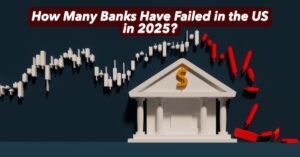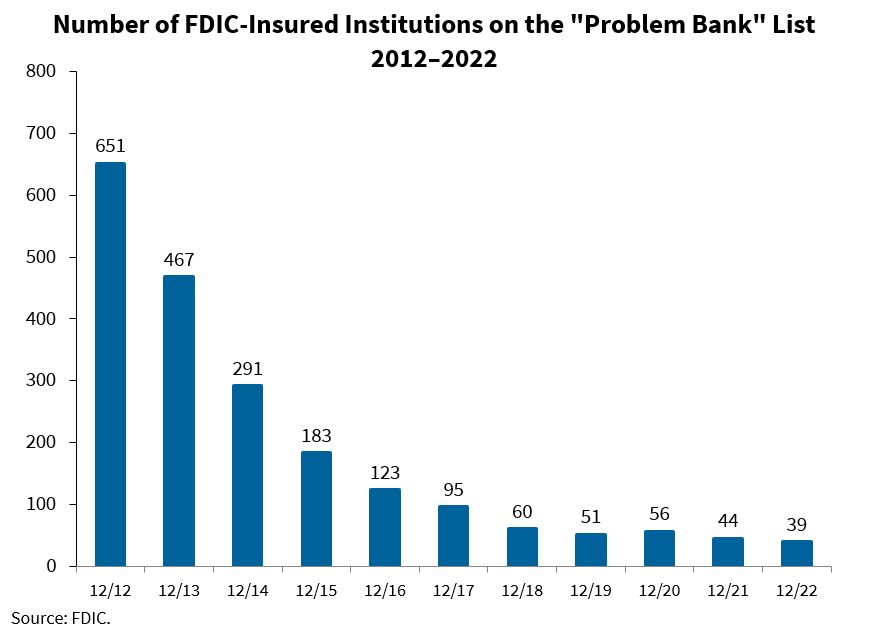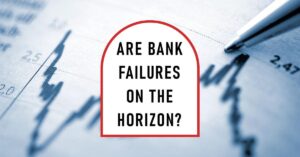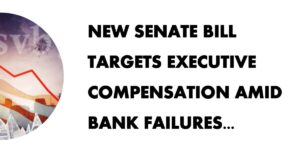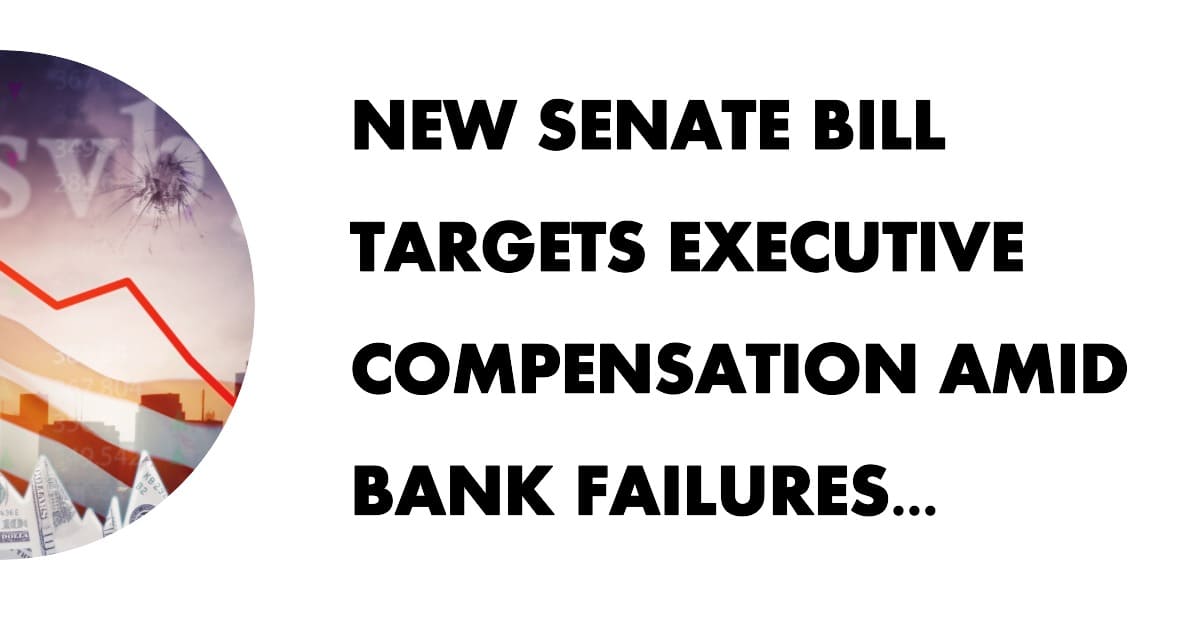For most people, their money is safe in the bank in 2025. While two banks failed in the first half of the year, they were due to internal problems like suspected fraud, not a widespread issue. The Federal Deposit Insurance Corporation (FDIC) protects your deposits up to $250,000 per person, per bank, so most people don't need to worry. Of course, It is always wise to have a plan, just in case. Let's dive into the details to better understand the safety net in place and how to maximize your protection.
Is Your Money Safe in the Bank in 2025?
The Headlines: 2025 Bank Failures
Okay, so two banks failed. That sounds bad, right? Well, let's put it in perspective. Back in January, Pulaski Savings Bank in Chicago closed its doors, and in June, The Santa Anna National Bank in Texas did the same. Did this mean we were staring down the barrel of another 2008-style financial crisis? Thankfully, no.
Here’s a quick breakdown:
- Pulaski Savings Bank (Chicago, IL): Failed because of suspected fraud and generally unsafe practices. Total assets were around $49.5 million, and Millennium Bank took over.
- The Santa Anna National Bank (Santa Anna, TX): This one also went down due to suspected fraud and unsafe practices. Total assets were $63.8 million, and Coleman County State Bank stepped in.
What's important to note is that these weren't “domino effect” failures caused by a collapsing economy. Regulators shut them down due to internal problems specific to those banks. Basically, both of these banks became unsafe, and regulators decided to close them down and ensure that the depositors receive their funds!
A Little Bank Failure History: It's More Common Than You Think
Bank failures aren't exactly new. They've been happening throughout U.S. history, some bigger than others. Think about it. They have occurred during the following times:
- The Great Depression (1930s): Thousands of banks failed, leading to the creation of the FDIC. This was a true crisis, shaking the very foundations of the economy.
- The Savings and Loan Crisis (1980s): This was pretty disastrous as well, with hundreds of institutions collapsing.
- The 2008 Financial Crisis: We all remember this. Big names like Washington Mutual went under, causing widespread panic.
- 2023 Bank Failures: Silicon Valley Bank, Signature Bank, and First Republic Bank were among the largest in recent memory.
Since the start of the new millenium, over 500 banks have failed in the USA. And yet most depositiors have not had to worry at all due to the support of entities like FDIC.
The FDIC: Your Financial Bodyguard
So, what exactly is the FDIC? Think of it as a safety net for your money. It's a government agency created in 1933 during the Great Depression to restore confidence in banks. Nowadays, no depositor has ever lost any of their money that was FDIC-insured.
Here’s what you need to know:
- Coverage Limit: The FDIC insures deposits up to $250,000 per depositor, per insured bank, for each account ownership category.
- What's Covered?: Checking accounts, savings accounts, money market accounts, and CDs are covered. Stocks, bonds, crypto, and other investments, aren't.
- Automatic Protection: You don't have to sign up or pay for FDIC insurance. It automatically comes with opening an account at any FDIC-insured bank.
- Quick Action: If a bank fails, the FDIC usually transfers your insured deposits to another bank quickly, or sends you a check.
To see if your bank has FDIC insurance, check the official FDIC website, FDIC.gov.
How Healthy is the U.S. Banking System Right Now?
In general, the U.S. banking system in 2025 is considered relatively stable. Banks have solid capital and plenty of liquidity, which makes them more resilient. This means they're supposedly in good shape to handle any problems.
Keep an eye on metrics like the:
- Common equity tier one capital ratio
- Liquidity coverage
Essentially, these numbers show how well banks can absorb losses and meet their financial obligations.
Plus, agencies like the FDIC and the Federal Reserve keep a very close eye on banks. The quick handling of the 2025 failures shows how well this works.
Now, there are always potential risks. The commercial real estate sector, for example, is facing some challenges. Defaults are on the rise, and smaller banks with a lot of investments in this area could feel the pinch. However, it's not expected to cause a widespread crisis.
Got More Than $250,000? Here's What To Do:
If you're lucky enough to have more than $250,000 in deposits, don't panic – there are strategies to keep all of your money safe:
- Spread It Out: Open accounts at multiple banks. Remember, the $250,000 limit is per bank.
- Different Account Types: Accounts with varying owners (like your name alone vs. a joint account with your spouse) each get their own $250,000 coverage.
- Consider CDARS: With the Certificate of Deposit Account Registry Service, you can deposit a huge amount of money, such as $50 million, and split it into multiple FDIC-insured banks.
- CDARS is suitable for those who don't want the hassle of opening accounts in multiple banks but want the same coverage
- Consider MaxSafe: MaxSafe spreads the deposits across multiple financial institutions, providing coverage up to $3.75 million
Practical Tips for Keeping Your Money Safe
Regardless of how much money you have in the bank, here are some important things to do:
- Verify FDIC Insurance: Double-check that your bank is FDIC-insured.
- Monitor Balances: Keep track of how much money you have in each account.
- Stay Informed: Read the news and keep an eye on your bank's financial health.
- Talk to a Pro: If you have a lot of money or complex accounts, consider consulting a financial advisor.
The Bottom Line
So, is your money safe in the bank in 2025? For most people, yes. The failures of Pulaski Savings Bank and The Santa Anna National Bank was unfortunate, but they weren't signs of a bigger problem. The U.S. banking system is pretty resilient, and the FDIC is there to protect your deposits. By staying informed and taking a few smart steps, you can have even more confidence in the safety of your money.
Protect Your Wealth Beyond the Bank
With growing concerns about banking stability in 2025, it's crucial to diversify into tangible, income-generating assets.
Norada connects you with turnkey rental properties that offer steady cash flow and long-term appreciation—providing security outside traditional banks.
HOT NEW LISTINGS JUST ADDED!
Talk to a Norada investment counselor today (No Obligation):
(800) 611-3060
Read More:
- How Many Banks Have Failed in the US in 2025?
- Is My Money Safe in the Bank in 2025?
- Second Bank Failure in 2025: What Happened to Santa Anna National Bank?
- Bank Failures: Over 120 US Banks Failed Since 2012
- Which Banks Are in Danger of Failing or Collapse
- List of FDIC-Insured Banks: Is Your Bank Insured?
- 10 Ways to Insure Deposits Beyond the FDIC Limit of $250,000
- Bank Insurance: How Does FDIC Deposit Insurance Work?
- List of Recent Failed Banks in the United States (2023-2024)
- Is My Money Safe in the Bank in 2024?
- US Banking System Insolvency: Is a Crisis Coming Up?

